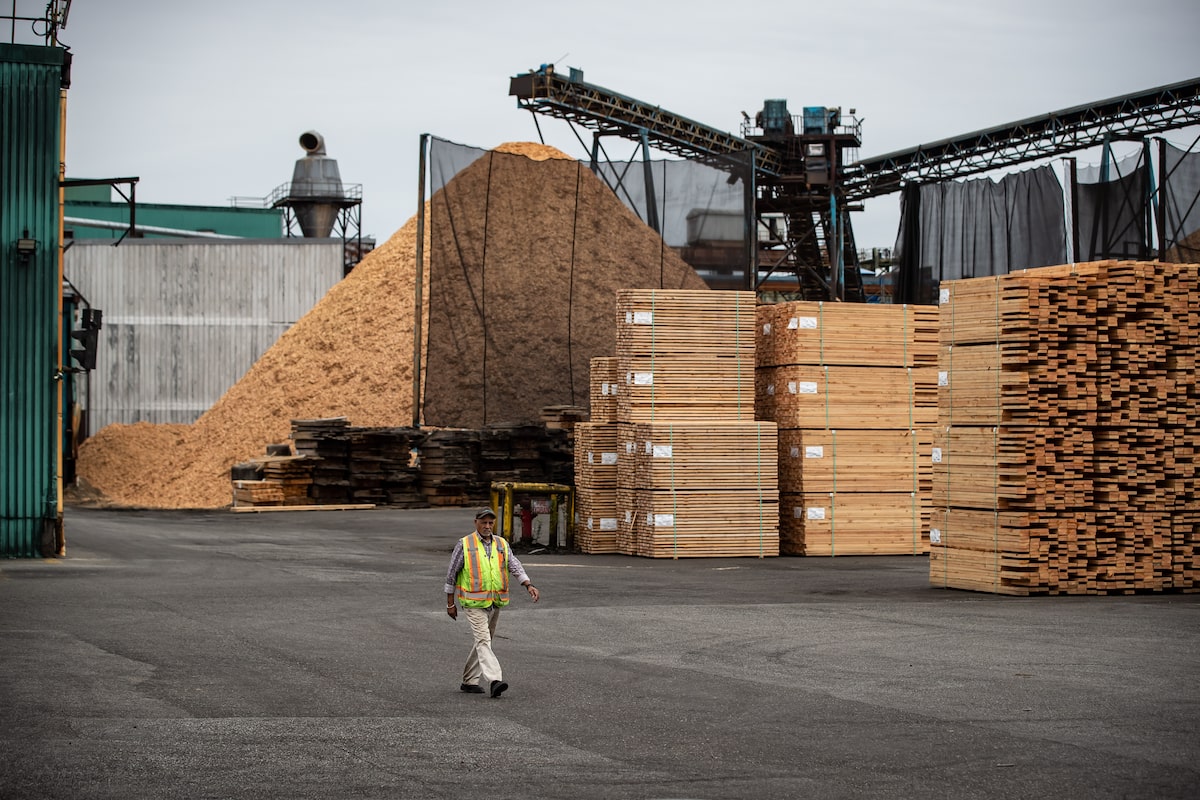
Kevin Mason
We came into 2024 with high hopes: The COVID pandemic and its aftereffects were finally confined to the rearview mirror; energy shocks following Russia’s invasion of Ukraine were behind us; Fed rate cuts were seemingly imminent; and, after a year of “hurry up and wait,” the next U.S. housing up-cycle would commence. How things have changed! Expectations around Fed rate cuts have shifted dramatically in recent months, reflecting myriad negative macroeconomic developments. …If we enter a period of stagflation, wood products producers would be one of the more obvious losers in the Forest Products sector. Elevated interest rates stymie housing demand, negatively impacting consumption. Timber REITS will also remain out of favour with investors in a higher-interest-rate environment, while sluggish demand for housing/lumber/panels will hit timber demand. For pulp producers, challenging economic conditions in China are a bigger near-term risk, but stagflation would hurt demand for all pulp end users.
It’s been a dire month for North American lumber markets, and, as has been the trend year-to-date, Southern Yellow Pine (SYP) continues to underperform S-P-F. SYP 2×4 prices slumped to $285 last week, their lowest level since November 2011. We suspect that even in the low-cost U.S. South, many sawmills are losing money at these prices. …For S-P-F, 2×4 prices are now in freefall after holding up relatively well through the first three months of the year. Prices have declined by $81 in the past four weeks and are trading at just $382 today. Prior sawmill downtime announcements, coupled with steady demand from new residential construction, supported S-P-F prices through Q1; however, this supply/demand balance has changed in recent weeks. …The incredible run in OSB appears to be over; prices in all major producing regions posted significant ($20–40) declines last week. …Despite not experiencing the same pricing uplift as OSB over the past several months—plywood pricing has been steady, if unspectacular—plywood prices are also moving lower, and the rate of decline accelerated markedly last week.
 ERA’s Kevin Mason opines on lumber’s dire month, OSB’s run, and pulp’s upward trend. In related news: the DIY slowdown adds to lumber’s woes; the latest on Roseburg’s mill upgrades; Q1 reports by BlueLinx and Taiga Building Products; and Drax looks to build two new wood pellet plants in California.
ERA’s Kevin Mason opines on lumber’s dire month, OSB’s run, and pulp’s upward trend. In related news: the DIY slowdown adds to lumber’s woes; the latest on Roseburg’s mill upgrades; Q1 reports by BlueLinx and Taiga Building Products; and Drax looks to build two new wood pellet plants in California.








 Land management in the United States will need a paradigm shift to survive climate change and a legacy of mismanagement. A team experts from four tribes, 10 universities, the Forest Service and a handful of environmental firms across North America are calling for a “two-eyed seeing” approach to land management. This means genuine collaboration between Indigenous and Western governments. The policy recommendations were outlined in a report released April 10. The report was co-led by Oregon State University professors Cristina Eisenberg and Michael Paul Nelson, and fire ecologists Susan Prichard of the University of Washington and Paul Hessburg of the U.S. Forest Service’s Pacific Northwest Research Station. Forest management in the United States is at a crucial juncture, and agencies such as the Forest Service are more open to integrating Indigenous knowledge and practices of land stewardship. …In the Pacific Northwest, two-eyed seeing in part addresses misconceptions about fire and conservation.
Land management in the United States will need a paradigm shift to survive climate change and a legacy of mismanagement. A team experts from four tribes, 10 universities, the Forest Service and a handful of environmental firms across North America are calling for a “two-eyed seeing” approach to land management. This means genuine collaboration between Indigenous and Western governments. The policy recommendations were outlined in a report released April 10. The report was co-led by Oregon State University professors Cristina Eisenberg and Michael Paul Nelson, and fire ecologists Susan Prichard of the University of Washington and Paul Hessburg of the U.S. Forest Service’s Pacific Northwest Research Station. Forest management in the United States is at a crucial juncture, and agencies such as the Forest Service are more open to integrating Indigenous knowledge and practices of land stewardship. …In the Pacific Northwest, two-eyed seeing in part addresses misconceptions about fire and conservation. 





